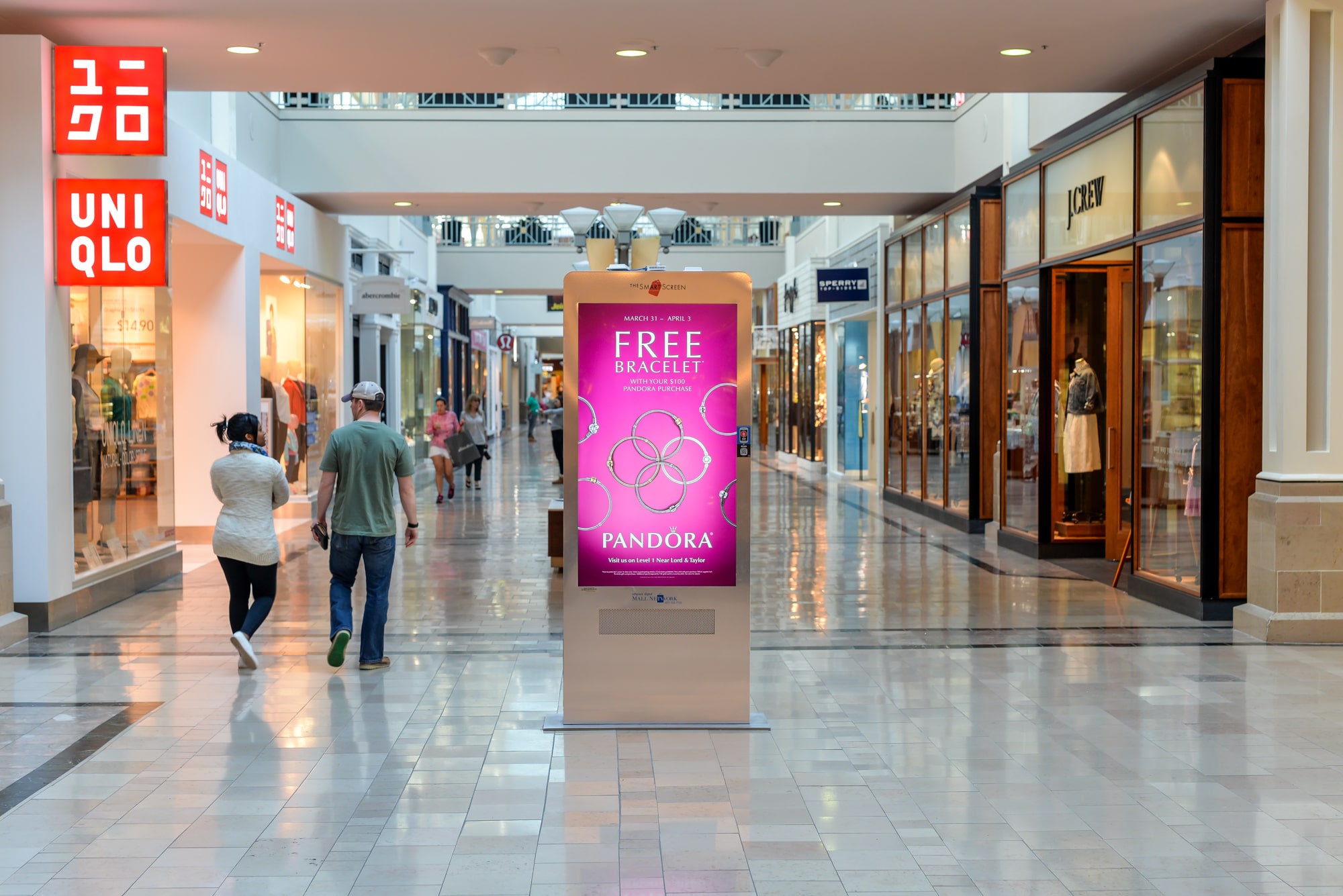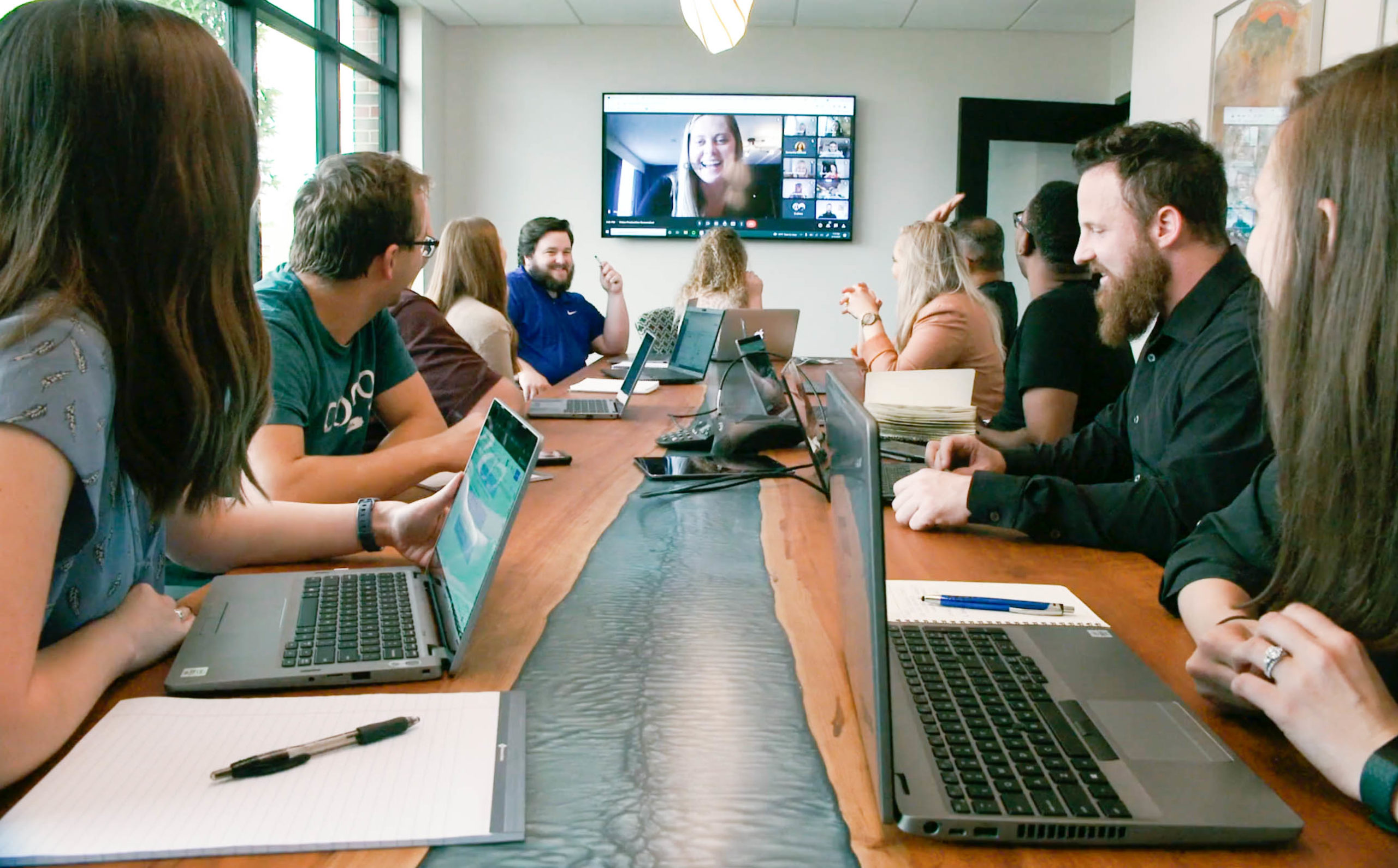Podcasts have evolved from a niche medium to a mainstream powerhouse, capturing the attention of both audiences and advertisers. With growing listenership, advanced targeting capabilities, and measurable results, podcast advertising has never been more accessible or effective for brands looking to reach engaged audiences.
“The growth of podcasting has brought a massive opportunity for advertisers to reach highly engaged, niche audiences,” notes Arica McKinnon, Vice President of Client Consulting at Nielsen.
If you’re wondering whether podcast advertising deserves a place in your media strategy, here are three compelling reasons to consider making the investment.
Podcast Audiences Are Growing Rapidly
The numbers tell a clear story: podcast advertising is riding a wave of unprecedented growth. An estimated 158 million people in the United States listen to podcasts every month.
This growth stems from several key factors:
- Commuting and mobile listening opportunities
- Increased word-of-mouth recommendations
- New shows targeting specific niche audiences
- Influencers launching podcasts to diversify revenue streams and connect with followers
As more advertisers recognize this opportunity, competition for these valuable audiences intensifies. Getting started now allows you to establish your presence and refine your approach before the space becomes more crowded.
More Targeting Options and Campaign Flexibility
Historically, podcast advertising meant purchasing expensive, inflexible direct buys that were difficult to measure and optimize. While these placements reached highly engaged niche audiences, they presented significant barriers for many brands.
The industry has responded to this challenge by developing programmatic solutions. Dynamic ad insertion (DAI) technology has transformed podcast advertising, making it more accessible and measurable for brands of all sizes.
This programmatic approach offers several advantages:
- Flexible targeting options based on listening habits, geographic regions, and even weather conditions
- More affordable entry points compared to traditional direct buys
- Better measurement capabilities for tracking performance and optimization
While demographic targeting options remain somewhat limited due to the nature of podcast platforms, the technology continues advancing rapidly. Don’t let current limitations prevent you from exploring podcast advertising as a viable tactic for your brand.
Podcast Listeners Welcome Advertising
Perhaps the most compelling reason to consider podcast advertising is audience receptivity. Unlike many digital channels where consumers actively avoid or skip ads, podcast listeners demonstrate remarkable openness to advertising messages.
Several factors contribute to this ad-friendly environment:
Contextual acceptance: Most podcast platforms are free, and listeners understand that advertising supports the content they enjoy.
Listening behavior: Podcast consumption often occurs during activities like driving, exercising, or doing household tasks, when listeners’ hands aren’t free to skip ads easily.
Trust and authenticity: The primary driver of ad receptivity is the relationship between hosts and listeners. Podcast hosts often function as trusted influencers, making authentic recommendations to highly engaged audiences.
While programmatic ads don’t carry the same trust factor as host-read spots, the overall podcast environment has conditioned listeners to be more accepting of advertising in general.
Strategic Recommendations for Podcast Advertising Success
Given the growing audience, receptive listening behavior, and improving technology, reaching your target audience through podcast advertising has become more achievable than ever. However, success requires adapting your approach to this unique channel.
Be strategic with targeting: Limited demographic options for DAI placements mean that hyper-specific targeting often results in high costs and minimal reach. Instead, research existing podcast audiences and find the sweet spot between niche relevance and scalable reach. Consider which podcasts naturally align with your target audience’s interests and values.
Adapt your creative approach: Podcast advertising performs best when it matches the medium’s conversational, authentic tone. Create ads that feel organic and relatable rather than overly polished or sales-focused.
Test multiple placement strategies: Experiment with both programmatic DAI purchases and traditional direct buys. A podcast with perfect audience alignment might justify the investment in a direct placement, while DAI allows you to test various shows and targeting combinations cost-effectively.
Stay current with platform developments: Podcast advertising technology continues evolving rapidly. Familiarizing yourself with these platforms now positions you to capitalize on high-value audiences before competitors catch up.
The podcast advertising landscape offers significant opportunities for brands willing to adapt their strategies to this growing medium. With the right approach, you can tap into highly engaged audiences who are genuinely receptive to your marketing messages.
Read More:






